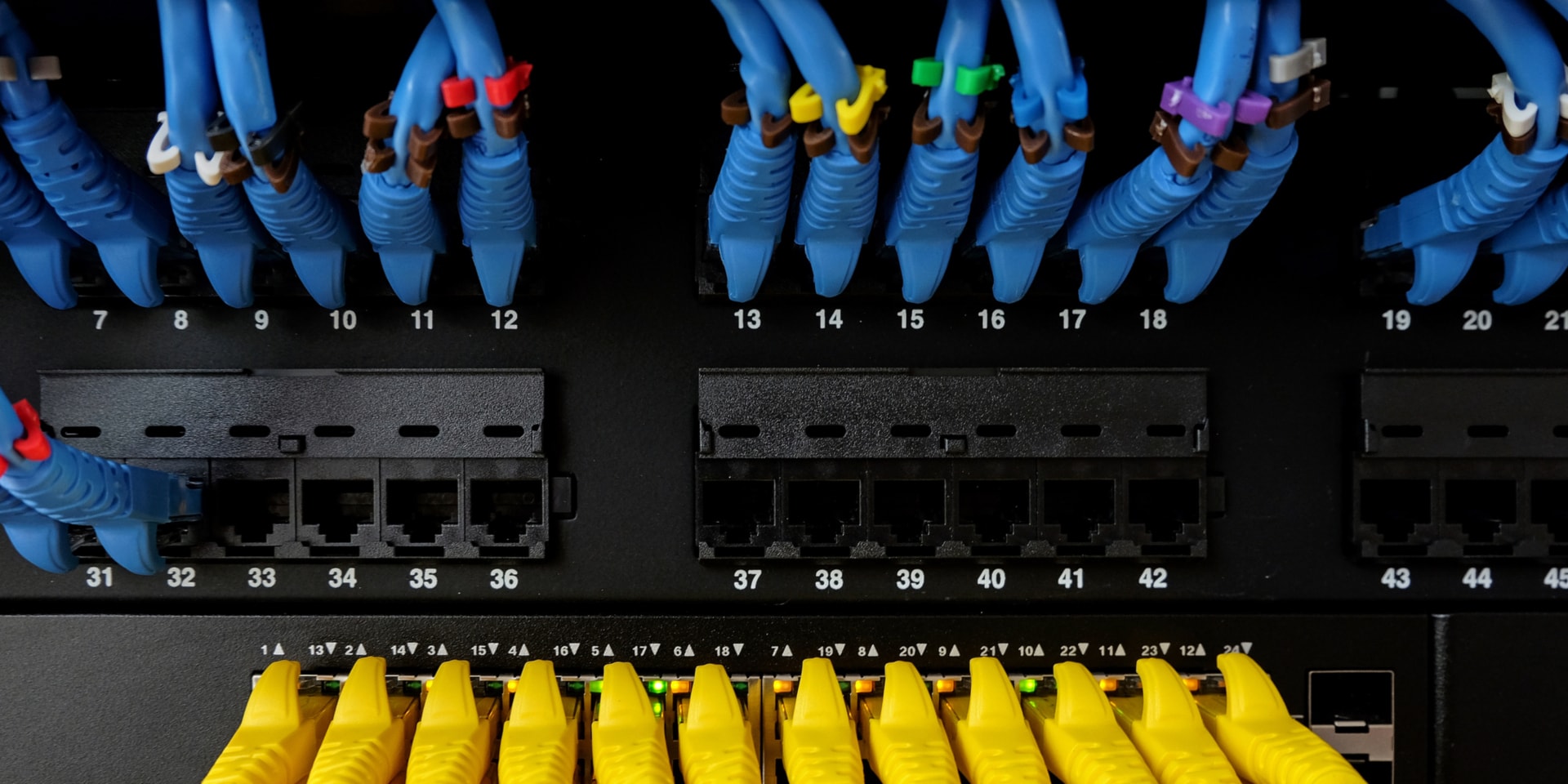June 09, 2017
5 Considerations in the 25G vs. 40G Ethernet Debate
40G Ethernet isn’t dead, but 25G is the natural successor for 10G access.

I’ve recently come across a number of comments from industry experts declaring that 40G Ethernet is dead — that it’s a given for organizations to jump on the 25/50/100G path. Those conclusions are simplistic and misleading. To really get at the heart of this question, organizations need to look at five critical factors.
1. Switch-to-Server or Switch-to-Switch?
The first consideration is whether you’re thinking of 25G for switch-to-server or switch-to-switch (or switch-to-blade switch). Right now, network vendors are positioning 25G only for switch-to-server. I don’t see any network vendor advertising 25G for switch-to-switch — Cisco doesn’t even offer a 25G fiber transceiver, and HPE has priced theirs higher than 40G and 100G transceivers! In other words, no one is talking about 25G for switch-to-switch links right now. It might be a different story in 2018; we’ll see.
2. Switch Options
The second place to focus your attention is on the switches. Most switches currently sold, like Cisco’s 93180YC-EX, support both 10G and 25G at a price matching older 10G products and with full backward compatibility — for example, each SFP28 port supports 1G, 10G or 25G, and each QSFP28 port supports 10G, 25G, 40G, 50G or 100G.
3. Server Network Interface Controllers
NICs are an important consideration. Servers are just beginning to see 25G. Intel recently began shipping their first 25G NIC (the XXV710), at about the same price as their equivalent 40G NIC (the XL710) and a bit more than their 10G adapters (the X710). Meanwhile, HPE has been selling a 25G Mellanox NIC since 2016 (the 640SFP28) with a price comparable to their 10G NICs. Cisco will introduce a 25G VIC for C-Series Rack-Mount Servers sometime later this year, priced between the 10G VIC-1225 and their current 40G VIC-1385.
I don’t believe any blade server does 25G today, but I’m sure all vendors are working on it. Cisco UCS B-Series is the only blade server to natively support 40G today, at about a 40 percent premium over 10G. When Cisco introduces 25G in its next-generation UCS B-Series products, I expect the price premium to drop.
4. Cabling
Another hardware angle that needs to be covered is cabling. It’s a big mistake to ignore cabling or assume it’s the same across vendors. Specifically, 25G twinax works best within a single rack with a top-of-rack switch and 1 and 2 meter cables. 25G with 3+ meter cables requires forward error correction (FEC), which adds ~250ns of one-way latency and may introduce vendor interop issues. If you’re adopting 25G, plan to densely pack compute into 10kVA–12kVA racks.
Here is a cabling comparison with market prices — there are some big swings in vendor pricing:
| Length & Type | 10G | 25G | 40G | 100G |
|---|---|---|---|---|
| 1 to 5 meters / Passive Twinax DAC | $50–$75 | $63-$110 (Cisco)
$122-$196 (HPE) $175-$316 (Intel) 3- and 5-meter cables not recommended |
$125–$188 | $162–$237 |
| 7 to 10 meters / Active Twinax DAC | $180–$205 | N/A | $550–$625 | N/A |
| 1 to 30 meters / Active Optical | $105–$130 | N/A | $425–$700 | $500–$1,200 |
| 1 to 100 meters / SR Fiber Transceiver (for use with OM3/OM4 MMF LC cables)
Note: Each connection needs two transceivers and a MMF LC cable ($20-$100) |
$478 (Cisco SFP-10G-SR-S)
$370 (Proline SFP-10G-SR) |
$226 (Intel NIC E25GSFP28SR)
$1,112 (HPE NIC 845398-B21) $911 (Proline) No Cisco option currently Note: 100 meters on OM4, 70 meters on OM3 |
$550 (Cisco QSFP-40G-SR-BD)
Note: This transceiver is now available from Proline, Arista and HPE. |
N/A
Cisco has announced 100G-BiDi coming later this year, estimated at $800 |
5. Power and Heat
A final consideration for adopting 25G is power and heat. Since 25G is simpler, it should use less power and produce less heat than 40G (a common claim from Mellanox and Qlogic). Curiously, Intel breaks that assumption – Intel’s XXV 25G adapter draws 8.6W, while their 10G and 40G adapters draw 3.3W and 3.4W respectively (dual ports, twinax cabling). Still, today’s 25G NICs do draw less power than other 40G NICs like Cisco’s (17W) and Intel’s older 40G NICs (10W).
And the Winner Is…
In conclusion, I agree that you should prefer 25G-capable switches for your data center, but it’s not a do-or-die decision. It is likely that when you do have a need for 25G (e.g., all-flash hyperconverged cluster or a high I/O NSX Edge cluster), you’ll probably deploy dedicated 25G switches because of the 25G distance limitations.
I think it’s probably more important that you think about switch-to-switch bandwidth. Within the data center, 100G connectivity now costs just 25 percent more than 40G, but provides 250 percent of the bandwidth. So, choosing data center switches with 40/100G QSFP28 ports is a safe bet.
Meanwhile, in campus and access networks with their long fiber runs and low bandwidth needs, there is much less pressure to move from 10G uplinks. If you must, 40G is available today. Perhaps in a few years, 25G uplinks will be a cheaper alternative.
